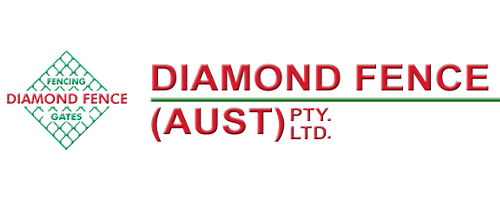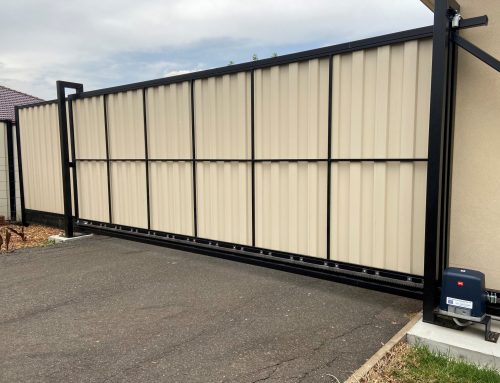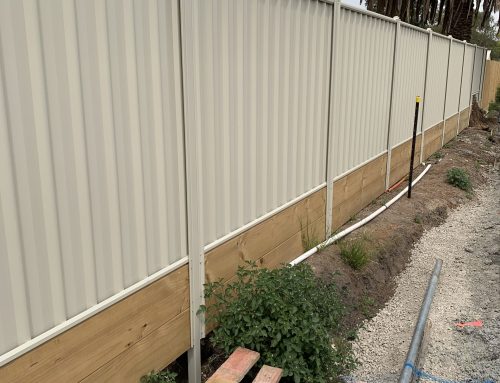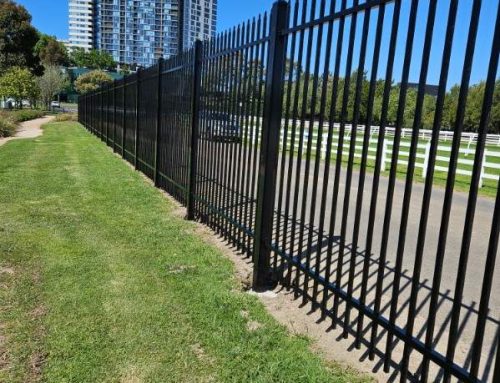Know Corrosion Types For The Sake Of Your Metal Fence
A metal fence’s deterioration can be the cause of corrosion. There are many different types of corrosions, and today we will take a look at the most common ones. Knowing which type of corrosion is your metal fence facing, you can make a better choice when it comes to the prevention of corrosion.
Let’s start nice and easy with defining corrosion. Corrosion is a natural process that gradually destructs the materials, usually metals, through chemical and/or electrochemical reaction with their environment.
Below you will find the most common corrosion types:
1. UNIFORM CORROSION. You can also call it general attack corrosion and this is the most common type of corrosion. It attacks the whole exposed metal area evenly. When it comes to uniform corrosion, then it is quite predictable as it affects a large area of metal construction, therefore it can be managed better with precaution methods.
2. LOCALIZED CORROSION. As the name says, instead of attacking the whole metal structure, local corrosion will target only one area of the metal structure or metal fence, for instance.
Localised corrosion is divided into 3 different types: pitting, crevice and filiform corrosion.
1. Pitting corrosion is a type of corrosion where cavities or small holes are produced in the material. It is far more dangerous if you compare it to the general attack corrosion because those cavities or small holes in the material are quite hard to predict or detect.
2. Crevice corrosion is a type of corrosion which occurs in confined spaces. Those spaces have limited access to the working fluid from the environment eand are called crevices. For example, gaps and contact areas between parts or inside the cracks.
3. Filiform corrosion is a type of corrosion that doesn’t damage the metal to a large extent, but it can play a big role in the appearance of the metal once it has been affected by filiform corrosion. It occurs in places with the humidity level at 75% and the temperature slightly over the room temperature. A thread-like filament appearance will form under the coating if the corrosion has taken place.
3. GALVANIC CORROSION. Simply put, galvanic corrosion is an electrochemical process where in the presence of an electrolyte, one metal corrodes preferentially when it is in electrical contact with another. Two metals form a galvanic couple in which one metal becomes the anode and the other the cathode. The anode corrodes faster, while the cathode deteriorates more slowly. The risk of galvanic corrosion can be reduced by choosing metals that are as close together on the galvanic series.
4. ENVIRONMENTAL CRACKING. This type of corrosion takes place over time due to the combination of the environmental conditions that affect the metal. There can be different stresses affecting the metal. For example, residual cold work, welding, grinding or thermal treatment. Environmental cracking can be divided into the following types of corrosion:
1. Stress corrosion cracking
2. Corrosion fatigue
3. Hydrogen embrittlement
Stress variables can be:
1. Mean, maximum, minimum stress
2. Constant load
3. Strain rate
4. Plane stress
5. Cyclic frequency
6. Waveshape
Stress origin can be:
1. Intentional
2. Residual
3. Punching
4. Cutting
5. Welding
6. Grinding
7. Machining
8. Bending
Produced by reacted products can be the following:
1. Pressure
2. Dead load
3. Thermal expansion
4. Vibration, rotation, bolting
Knowing corrosion types might save your metal fence if you know how to read the signs. If you discover something odd on your metal fence, make sure to pay attention to it because, in the long run, it might save you time and money.
If you have any fencing related questions and you need a new metal fence to be installed, turn to Diamond Fence. Our fencing experts are here to help you out with any fencing inquiries you may have.
For Diamond Fence’s fencing solutions give us a call (03) 9753 4566, shoot us an email on info@diamondfence.com.au, or just get a FREE online quote.








